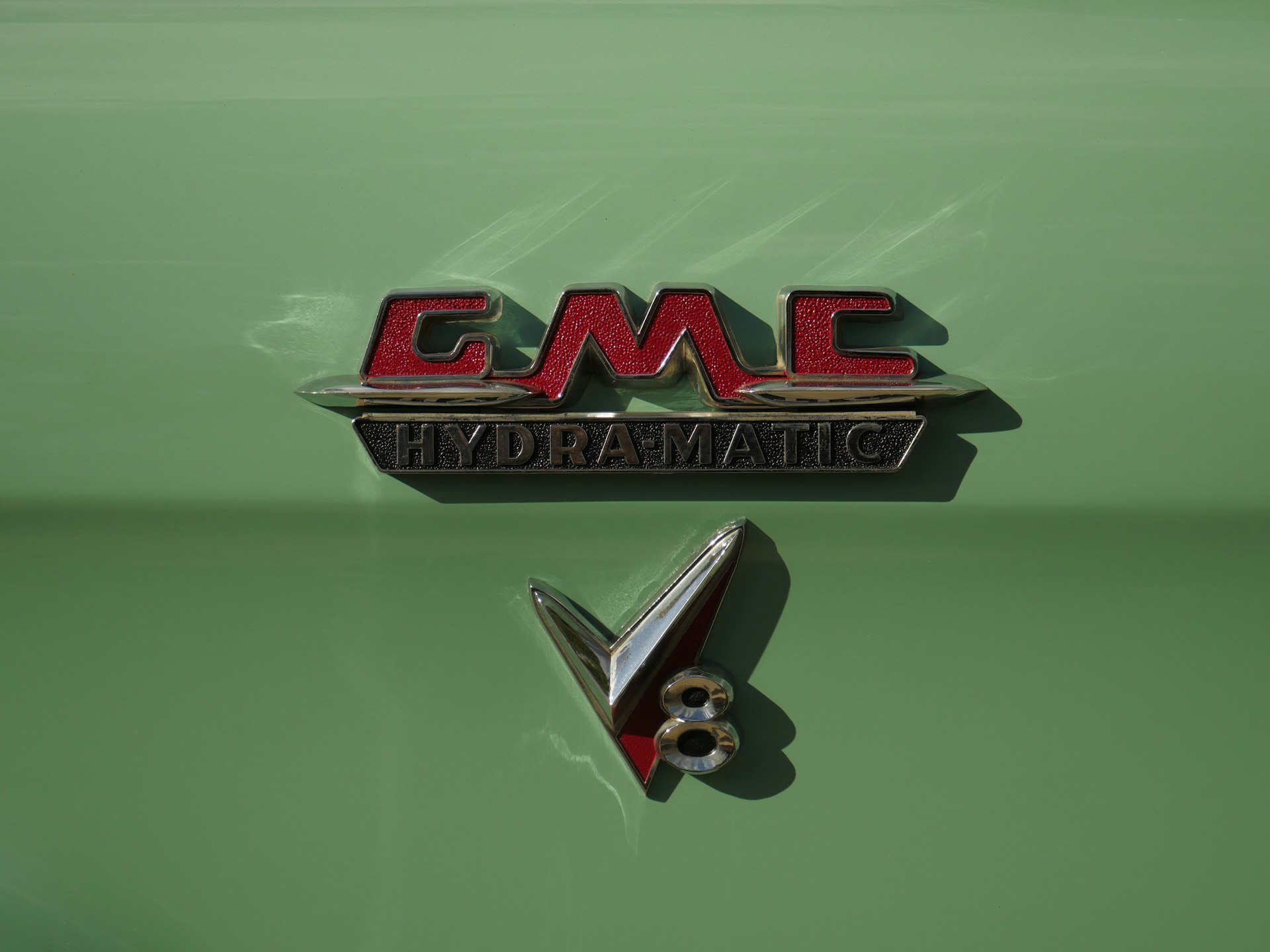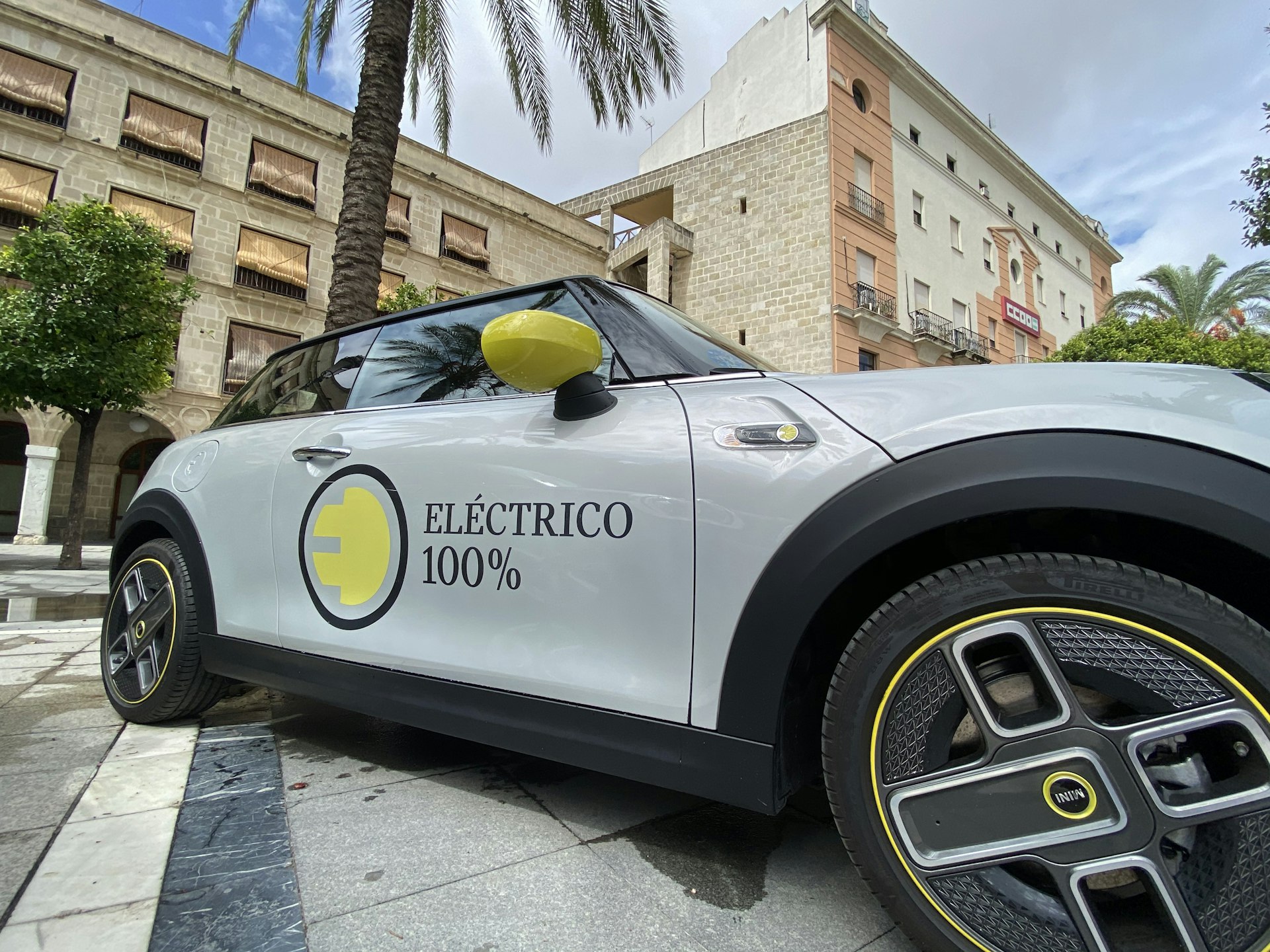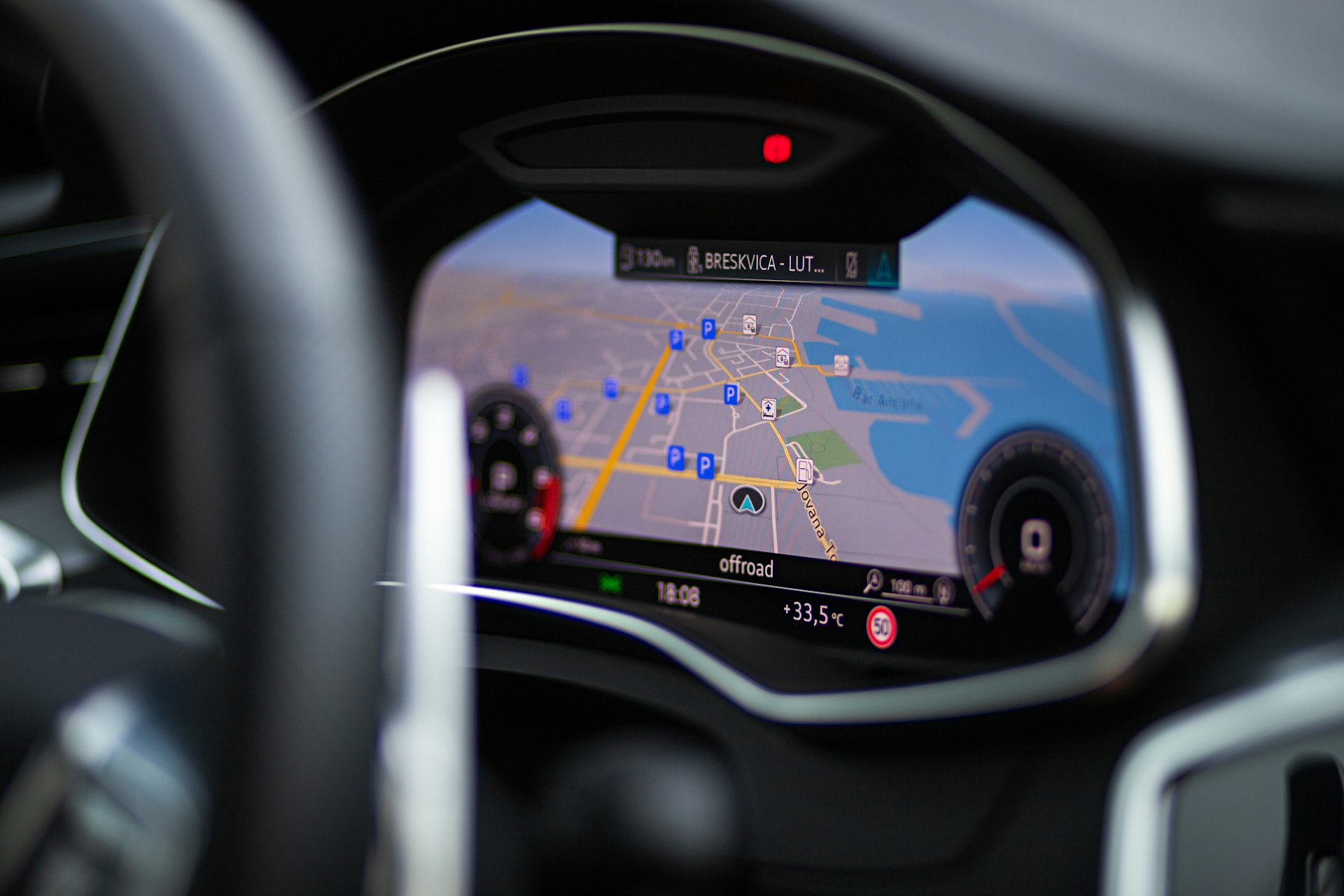Driving Innovation: How 3D Printing Transforms the Automotive Industry

Photo by Jakub Żerdzicki on Unsplash
Introduction: The New Era of Automotive Manufacturing
Automotive manufacturing is undergoing a dramatic transformation, fueled by the integration of 3D printing -also known as additive manufacturing. This technology is rapidly advancing, offering new solutions for design, customization, prototyping, and sustainability. The global automotive 3D printing market is projected to grow from $4.11 billion in 2025 to $25.61 billion by 2034, at a remarkable CAGR of 22.52% [1] . This expansion is powered by the demand for lightweight, customizable components and an increased focus on eco-friendly manufacturing. Major players like Ford, General Motors, and Tesla are investing heavily in these technologies, signaling a shift in how vehicles are designed, produced, and maintained [1] .
Rapid Prototyping and Accelerated Product Development
One of the most immediate impacts of 3D printing in the automotive industry is rapid prototyping . Traditionally, developing prototype parts involved lengthy lead times and high costs, largely due to tooling and material expenses. With 3D printing, manufacturers can design and print prototypes in hours or days, allowing for faster iteration and refinement. The U.S. Department of Energy’s Advanced Manufacturing Office estimates that additive manufacturing can reduce prototyping and production time and costs by up to 30%, particularly in automotive manufacturing [1] .
For implementation, automotive design teams digitally model components and send files directly to 3D printers. This streamlined workflow enables quick testing of new concepts, structural analyses, and even functional end-use parts. Companies seeking to leverage this benefit should invest in design software compatible with their printers and train engineers in additive manufacturing best practices.
Challenges include the need for skilled personnel and ensuring prototype accuracy matches real-world performance. Solutions involve ongoing training and collaboration with experienced additive manufacturing specialists.
Customization and Mass Personalization
Modern consumers increasingly seek unique features in their vehicles. 3D printing enables cost-effective customization , allowing automakers to produce bespoke interior elements, personalized trim, and even specialized performance enhancements [2] . Manufacturers can produce single units or small batches without the expense of traditional tooling. This flexibility is especially valuable for luxury brands and specialty vehicles, where exclusivity and unique design are key selling points.
To access these services, prospective buyers can consult their chosen automaker’s customization programs or aftermarket providers that offer 3D-printed enhancements. For those seeking highly personalized solutions, collaborating directly with automotive design studios or certified 3D printing service bureaus is recommended.
Potential obstacles include ensuring custom parts meet regulatory standards and fit seamlessly with existing components. Many organizations provide consultation services to verify compatibility and compliance before production.
Production of End-Use Parts and On-Demand Manufacturing
Beyond prototypes and custom accessories, 3D printing is increasingly used for manufacturing end-use automotive parts [2] . This includes everything from brackets and trim pieces to complex structural components. With advancements in printable materials such as high-strength alloys, carbon fiber, and engineering-grade thermoplastics, 3D-printed parts now meet or exceed traditional manufacturing standards [5] .
Implementation involves digital part design, material selection, and printer setup. Companies can produce parts on-demand, eliminating the need for large inventories and lengthy supply chains. This approach is especially useful for rare or discontinued models. For example, Porsche employs 3D printing to manufacture hard-to-source replacement parts for older vehicles, reducing repair times and costs [3] .
To utilize on-demand part production, vehicle owners or repair shops should contact authorized dealers or certified repair facilities that have adopted additive manufacturing technologies. Where direct access is unavailable, it’s possible to request parts through official manufacturer support channels or specialized third-party providers.
Cost Efficiency and Supply Chain Optimization
3D printing offers significant cost savings by minimizing material waste, reducing logistics expenses, and streamlining the supply chain [2] . Additive manufacturing uses only the material required for each part, unlike subtractive processes, which generate excess scrap. The ability to produce parts locally or on-demand also reduces the need for international shipping and large inventories.

Photo by Georg Eiermann on Unsplash
For organizations looking to optimize costs, the recommended steps include:
- Assessing which parts are suitable for additive manufacturing
- Investing in compatible 3D printing technologies
- Training staff in part design and printer maintenance
- Developing partnerships with local suppliers or service bureaus
Some challenges include the initial investment in hardware and software, as well as integration with existing manufacturing systems. Many companies mitigate these challenges by starting with pilot programs and scaling up as ROI becomes clear.
Impact on Automotive Repairs and Insurance
The ability to print replacement parts on demand is revolutionizing the automotive repair landscape. Repair shops can manufacture parts ranging from simple mounts to complex assemblies, dramatically reducing downtime and costs [3] . This is especially beneficial for vehicles with discontinued components, ensuring longevity and improved customer satisfaction.
For individuals seeking efficient repairs, it’s advisable to consult with collision repair centers or dealerships that have adopted 3D printing. Some repair shops are investing in in-house 3D printers to create custom components on demand. To identify such services, inquire with the repair facility or search for automotive additive manufacturing providers in your region.
The evolution of on-demand part production also affects insurance and claims, introducing new considerations for pricing, quality control, and liability. Policyholders may benefit from lower costs and faster turnaround, while insurers must adapt to new standards for part validation and replacement procedures. For details on insurance implications, contact your provider and ask about their policies regarding 3D-printed replacement parts.
Environmental Sustainability and Materials Innovation
As sustainability becomes a core priority, 3D printing’s ability to minimize waste and enable lightweight designs offers substantial environmental advantages [5] . Fused Deposition Modeling (FDM) and other processes allow the use of recyclable polymers, carbon fiber composites, and high-strength metals, supporting the creation of durable yet lightweight vehicle components.
Automakers focusing on eco-friendly production can explore partnerships with material suppliers specializing in advanced composites and recycled polymers. For consumers prioritizing sustainability, inquire with your vehicle manufacturer about their use of additive manufacturing and available green vehicle options.
Challenges include ensuring new materials meet safety and durability standards. Continuous research and collaboration with material science experts are essential for overcoming these hurdles.
Future Trends and Strategic Opportunities
The future of automotive 3D printing is characterized by continued innovation in materials, decentralized production, and the advent of multi-material printing [4] . These advances will further shorten supply chains, enable mass customization, and empower manufacturers to respond quickly to market demands.
Organizations interested in staying ahead should:
- Monitor industry trends through executive surveys and technical reports
- Invest in research and development for advanced materials
- Collaborate with leading additive manufacturing companies
- Consider pilot projects for decentralized and on-demand production
For up-to-date information, review industry publications and attend webinars or conferences on automotive additive manufacturing. Seek out collaborative opportunities with research institutions and technology providers to remain competitive.
How to Access 3D Printing Services and Opportunities
Individuals and organizations can access automotive 3D printing by:
- Contacting major automakers about their customization and repair programs
- Searching for certified 3D printing service providers or bureaus in your area
- Consulting with collision repair centers offering additive manufacturing solutions
- Exploring partnerships with material suppliers for advanced composites and metals
- Keeping abreast of government and industry initiatives supporting additive manufacturing
For guidance on finding qualified providers, use industry directories, consult automotive industry associations, or search for “automotive additive manufacturing services” in your region. If seeking support from government programs or research offices, search for the U.S. Department of Energy’s Advanced Manufacturing Office or similar agencies in your country.
Key Takeaways
3D printing is transforming the automotive industry by enabling rapid prototyping, mass customization, efficient end-use part production, cost savings, and sustainability. While challenges exist-such as integration and material standards-solutions are emerging through technological advances, training, and strategic partnerships. Whether you are a manufacturer, repair shop, or consumer, there are actionable pathways to harness the benefits of automotive 3D printing for innovation and competitive advantage.
References
- [1] Precedence Research (2025). Automotive 3D Printing Market Size to Hit USD 25.61 Bn by 2034.
- [2] Nota3D (2024). 3D Printing Is Revolutionizing the Automotive Industry.
- [3] Claims Journal (2025). 3D Printing in the Auto Industry Mulled by Experts.
- [4] 3D Printing Industry (2025). 3D Printing Trends for 2025: Executive Survey.
- [5] Stellar Market Research (2024). 3D Printing Automotive Market – Key Growth Potential.
MORE FROM promospotlight.com













